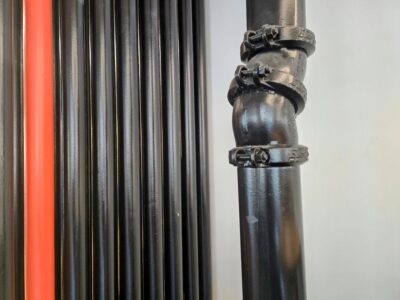University of Delaware has turned to AI, drones and smart glasses using what’s called Label Vision to create predictive models of COVID-19’s spread under different conditions.
It’s part of the school’s Protect the Flock initiative to minimize coronavirus’ spread on campus.
Led by UD College of Engineering professor Norman Wagner, Project Darien — named after the street where Wagner first saw the health data collecting van that inspired the project, according to UDaily — collects data across campus on a full, typical day. Data collectors wearing Label Vision sunglasses walk around the campus capturing video of people going about their day, recording things like mask usage and social distancing.
The data is then collected and analyzed by artificial intelligence algorithms written by associate scientist Matt Saponaro. It’s compiled into an interactive model that can be adjusted to see how COVID rates are predicted to increase or decrease depending on compliance to preventative safety measures.
The model can be downloaded (and requires NETLOGO software to run) or, if you have a UD VPM, you can explore it on the web.
Or you can just watch the short videos that show what the model predicts in four basic scenarios:
- Base case, with default parameters (50% mask use and no social distancing)
- 50% mask use with social distancing
- Universal mask wearing and social distancing
- Quarantine after infection spike
In the first two models, the entire campus is predicted to become infected — rapidly in model #1, more slowly in model #2. Model #3, with both universal mask wearing and social distancing, shows the campus maintaining a small number of cases with no major outbreak. Model #4 shows a quarantine ordered after seven days of model #1, and a rapid spike in cases. A 14-day quarantine would causes cases to drop quickly, but the campus recovery time would take longer because of the number of students infected.
Read more about the project on UDaily.
Join the conversation!
Find news, events, jobs and people who share your interests on Technical.ly's open community Slack

Delaware daily roundup: Delmarva Power vendor stats; DelDOT's $15M federal grant; 50 best companies to work for

Delaware daily roundup: Over 4,000 Black-owned businesses uncovered; Dover makes rising cities list; a push for online sports betting

Delaware daily roundup: Ladybug Fest illuminates small biz; Hahnemann Hospital's biotech future; intl. politics and a Middletown project


